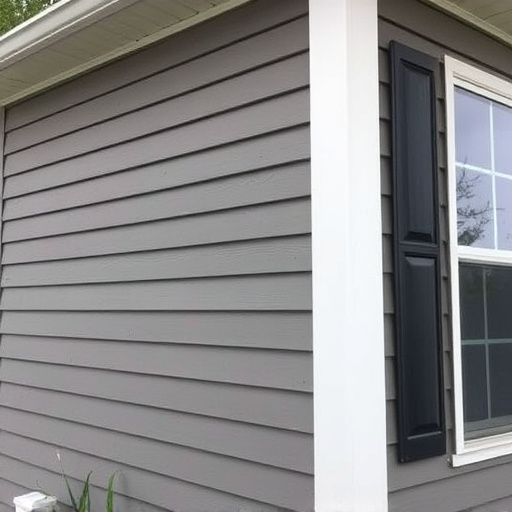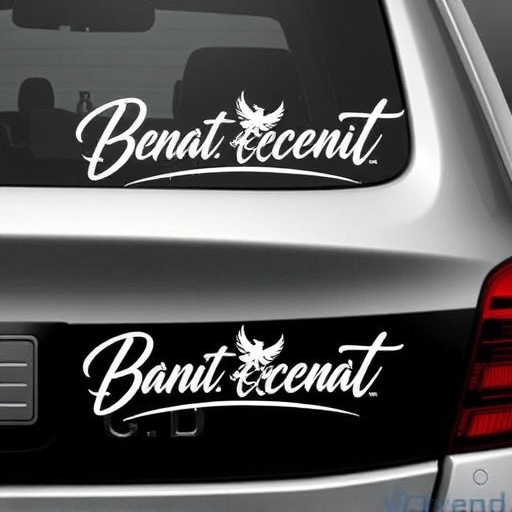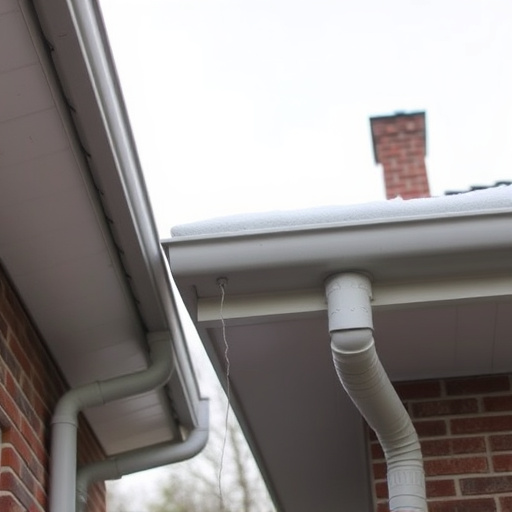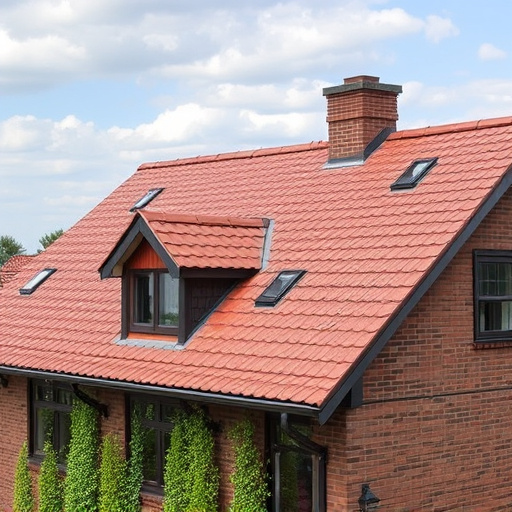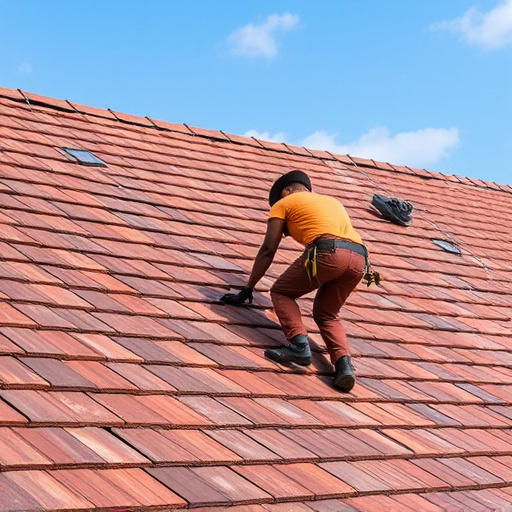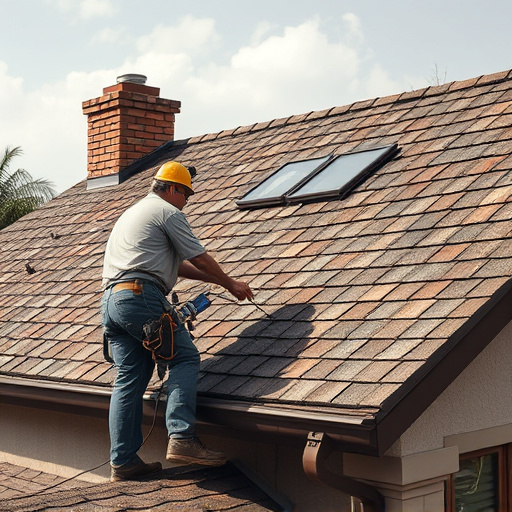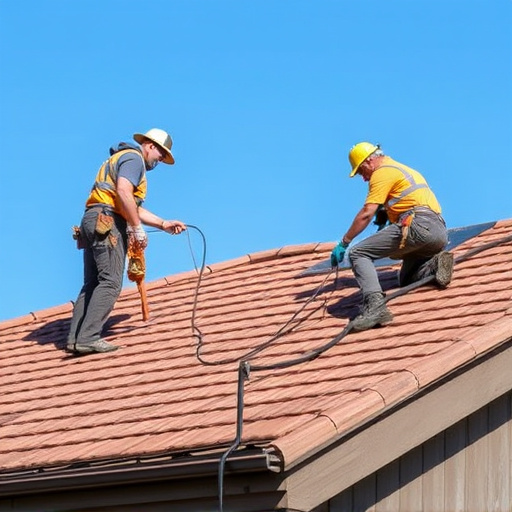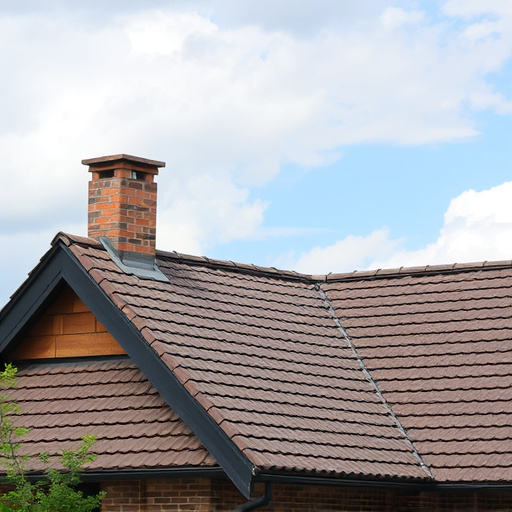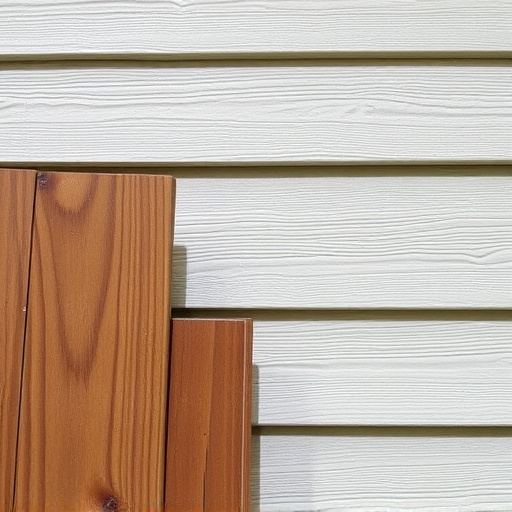When choosing exterior siding, consider diverse options like wood (maintenance required), vinyl (low-maintenance, durable), concrete/fiber cement (longevity), stone (premium, elegant, durable), metal (insulation, water resistance, ideal for harsh climates), and have professionals install them. Thoroughly test and sample materials to assess texture, color, durability, performance, and cost-effectiveness, ensuring your choice enhances curb appeal, preserves structural integrity, and offers long-term savings.
Choosing the right exterior siding material is a crucial step in enhancing your home’s curb appeal and protecting it from the elements. This guide provides an in-depth look at sampling and comparing various siding materials, from traditional wood and vibrant vinyl to modern fiber cement and energy-efficient metal options. We’ll walk you through understanding different types, conducting practical tests, and evaluating performance, durability, and cost-effectiveness to help you make an informed decision for your home’s exterior.
- Understanding Different Types of Exterior Siding Materials
- Sampling and Testing Procedures for Comparative Analysis
- Evaluating Performance, Durability, and Cost-Effectiveness
Understanding Different Types of Exterior Siding Materials
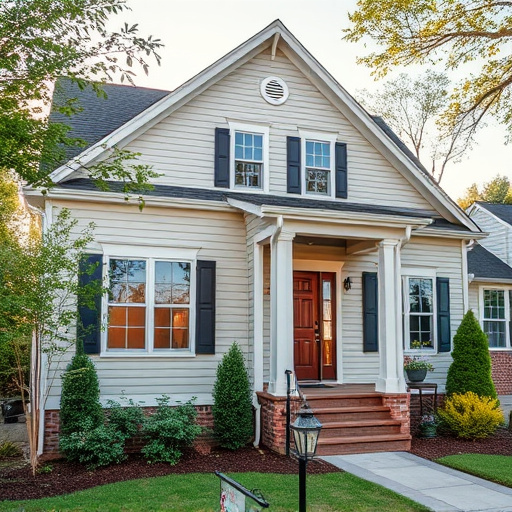
When considering exterior siding for your home, understanding the diverse range of materials available is key to making an informed decision. Different siding types offer unique aesthetics and performance characteristics, catering to various budgets and design preferences. From traditional wood to modern fiber cement, each option has its own allure and benefits. Wood, a classic choice, provides a natural, warm look but requires regular maintenance. Vinyl siding, popular for its low-maintenance nature, is durable and comes in diverse styles. Concrete or fiber cement siding is known for its longevity and ability to withstand harsh weather conditions, making it a popular pick for those seeking long-term solutions, often preferred in roof replacement projects.
Stone siding, although more expensive, adds a touch of elegance and can significantly enhance exterior home improvements. It offers exceptional durability and a distinct aesthetic appeal. Metal siding is another durable option, suitable for regions with extreme weather conditions. These materials provide not only visual variety but also functional benefits such as insulation, water resistance, and low maintenance, ensuring your home’s exterior stands the test of time. Professional siding installation ensures these materials are properly fitted, enhancing curb appeal and protecting your property for years to come.
Sampling and Testing Procedures for Comparative Analysis
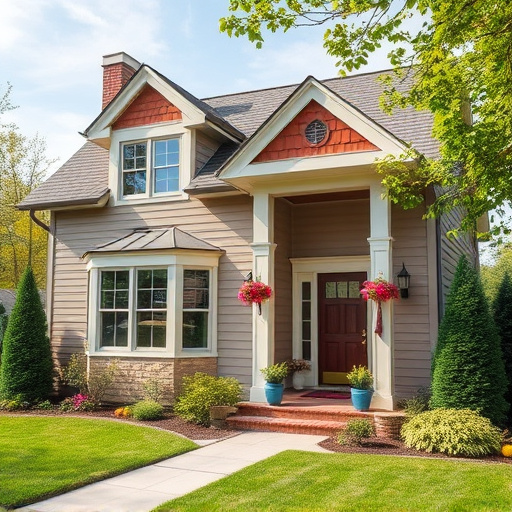
When comparing exterior siding materials for your home, it’s crucial to sample and test them before making a final decision. Start by gathering small swatches or samples from each material you’re considering. This allows for close inspection of texture, color, durability, and other physical attributes. Many manufacturers offer these samples upon request, ensuring you have genuine representations of their products.
Next, conduct practical tests to mimic real-world conditions. Install temporary testing panels using the intended siding installation methods. Expose these panels to various environmental factors like sun exposure, rain, and cold temperatures. Observe how each material performs over time, checking for signs of fading, cracking, or warping. This comparative analysis will help you make an informed choice for your exterior home improvements, whether it’s a full siding replacement or merely an update to enhance curb appeal.
Evaluating Performance, Durability, and Cost-Effectiveness
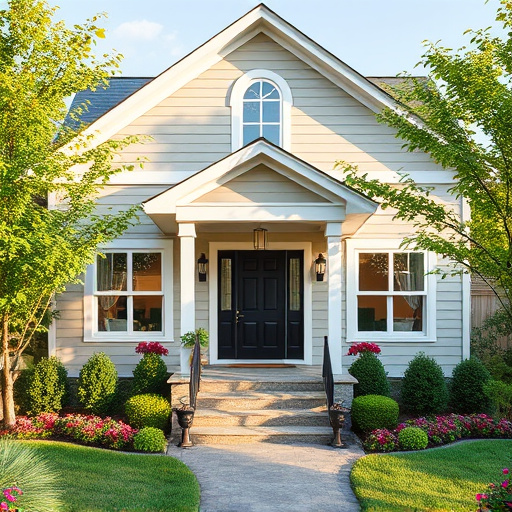
When evaluating different exterior siding materials, it’s crucial to assess their performance, durability, and cost-effectiveness. Performance refers to how well the siding withstands environmental factors like extreme temperatures, rainfall, and UV exposure, ensuring it maintains its aesthetic appeal and structural integrity over time. Durability is equally important; high-quality siding should be resistant to fading, cracking, and warping, which can significantly impact its longevity.
Cost-effectiveness is another key factor to consider. While initial installation costs vary among siding materials, long-term savings can be achieved by selecting options that require less maintenance and repair. In terms of residential or commercial roofing (for those considering broader applications), siding and gutters play a symbiotic role in protecting structures from the elements. By balancing performance, durability, and cost, homeowners and businesses can make informed decisions when choosing exterior siding materials that best suit their needs and budgets.
When comparing exterior siding materials, understanding their types, sampling, and testing procedures are crucial steps. By evaluating performance, durability, and cost-effectiveness, homeowners can make informed decisions. Consider factoring in environmental impact and local climate conditions for a sustainable choice. Ultimately, selecting the right siding materials will not only enhance your home’s aesthetic appeal but also ensure long-term protection and value.

